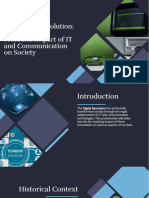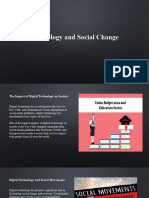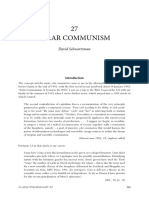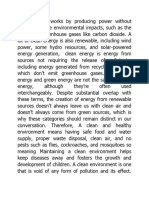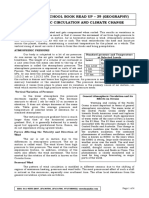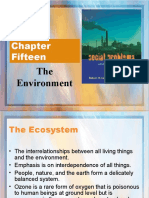0% found this document useful (0 votes)
17 views6 pagesTitle The Trans
The document discusses the transformative impact of modern technology on society, economy, and human interaction, highlighting its role in economic growth, social dynamics, healthcare advancements, and addressing global challenges. It also addresses the ethical and regulatory challenges posed by technological advancements, such as bias in AI, the digital divide, and the need for effective governance. The conclusion emphasizes the importance of a proactive and inclusive approach to harness technology's potential for the common good.
Uploaded by
caoxinghui123Copyright
© © All Rights Reserved
We take content rights seriously. If you suspect this is your content, claim it here.
Available Formats
Download as DOCX, PDF, TXT or read online on Scribd
0% found this document useful (0 votes)
17 views6 pagesTitle The Trans
The document discusses the transformative impact of modern technology on society, economy, and human interaction, highlighting its role in economic growth, social dynamics, healthcare advancements, and addressing global challenges. It also addresses the ethical and regulatory challenges posed by technological advancements, such as bias in AI, the digital divide, and the need for effective governance. The conclusion emphasizes the importance of a proactive and inclusive approach to harness technology's potential for the common good.
Uploaded by
caoxinghui123Copyright
© © All Rights Reserved
We take content rights seriously. If you suspect this is your content, claim it here.
Available Formats
Download as DOCX, PDF, TXT or read online on Scribd
/ 6





























